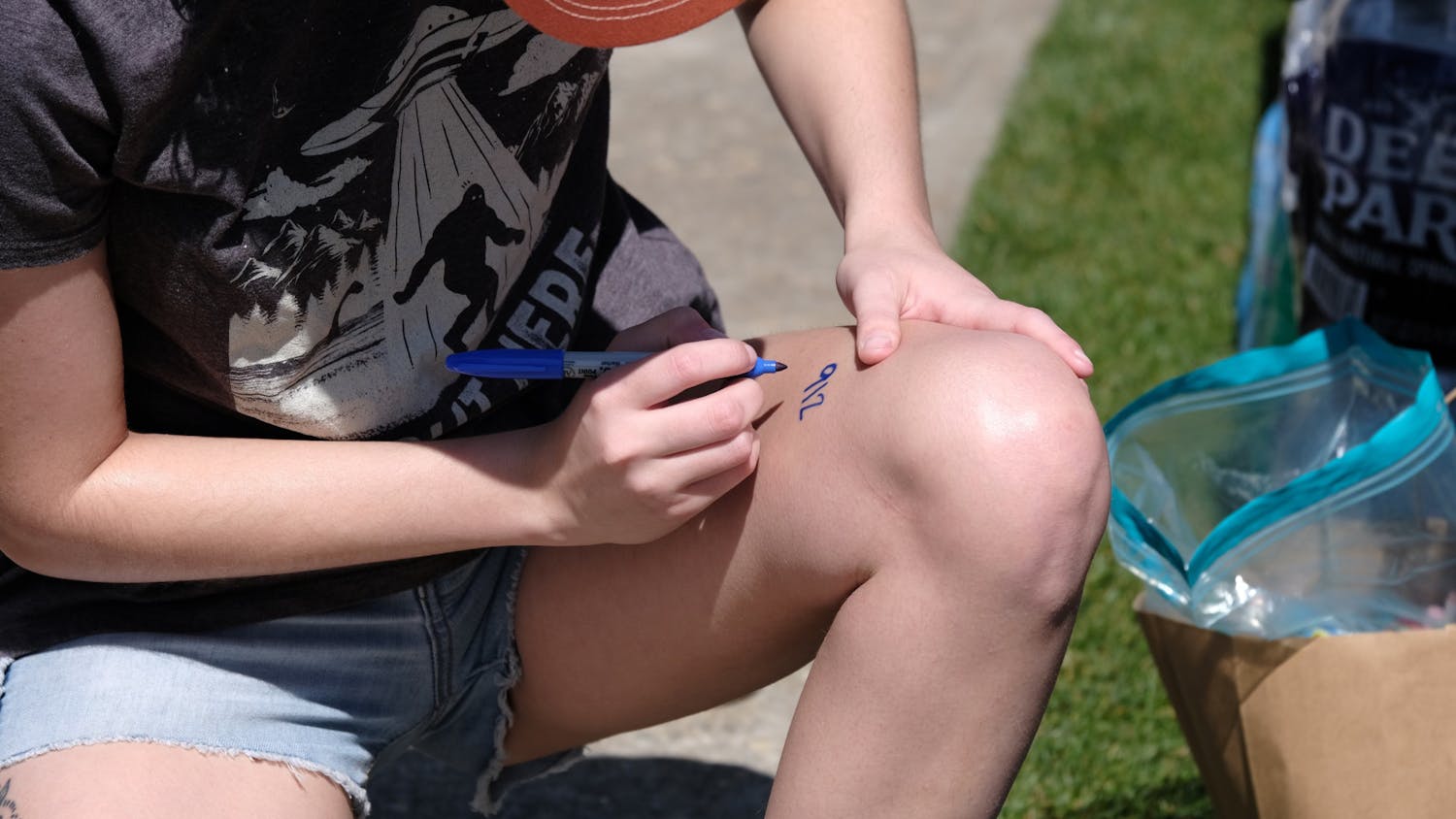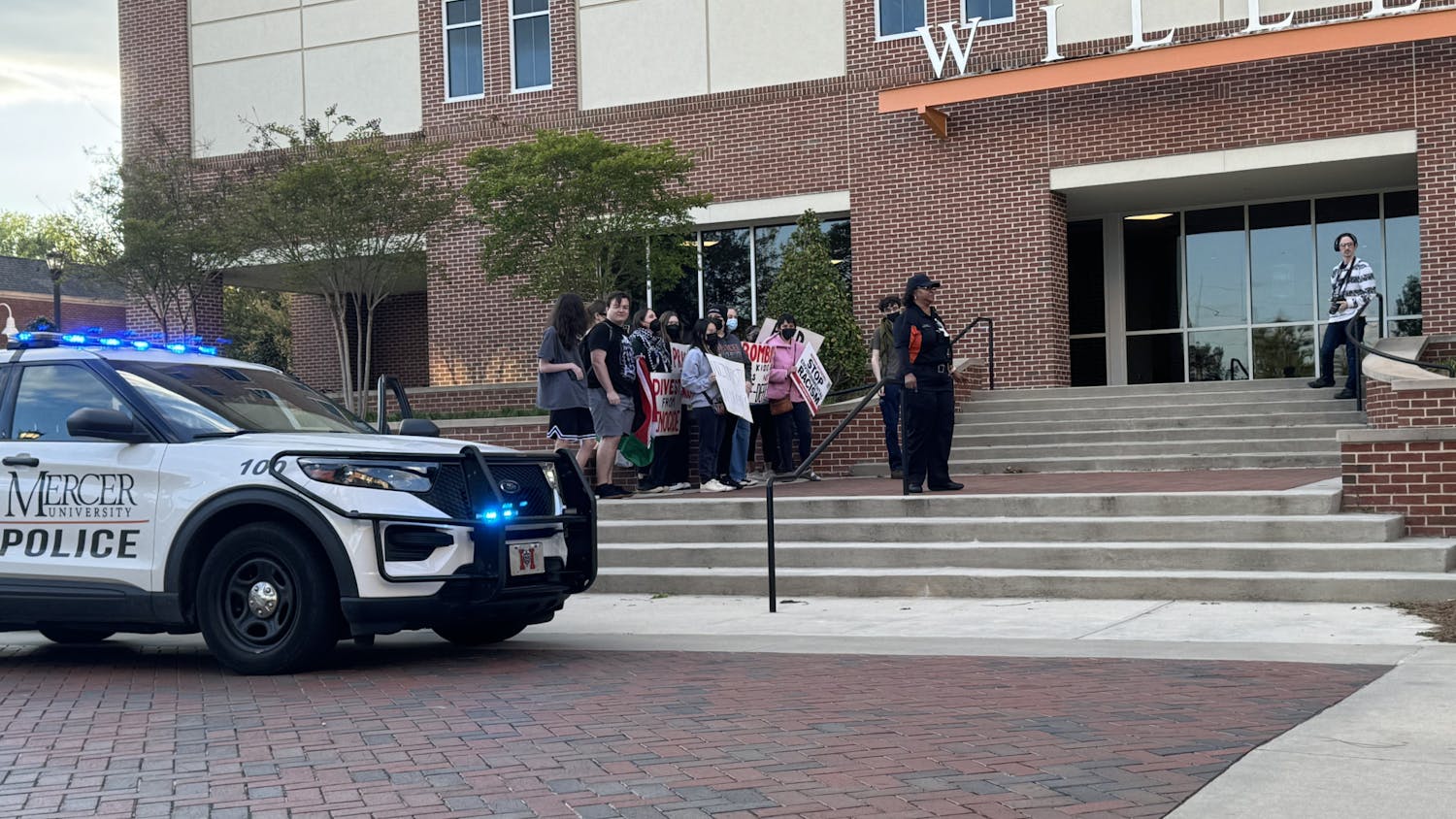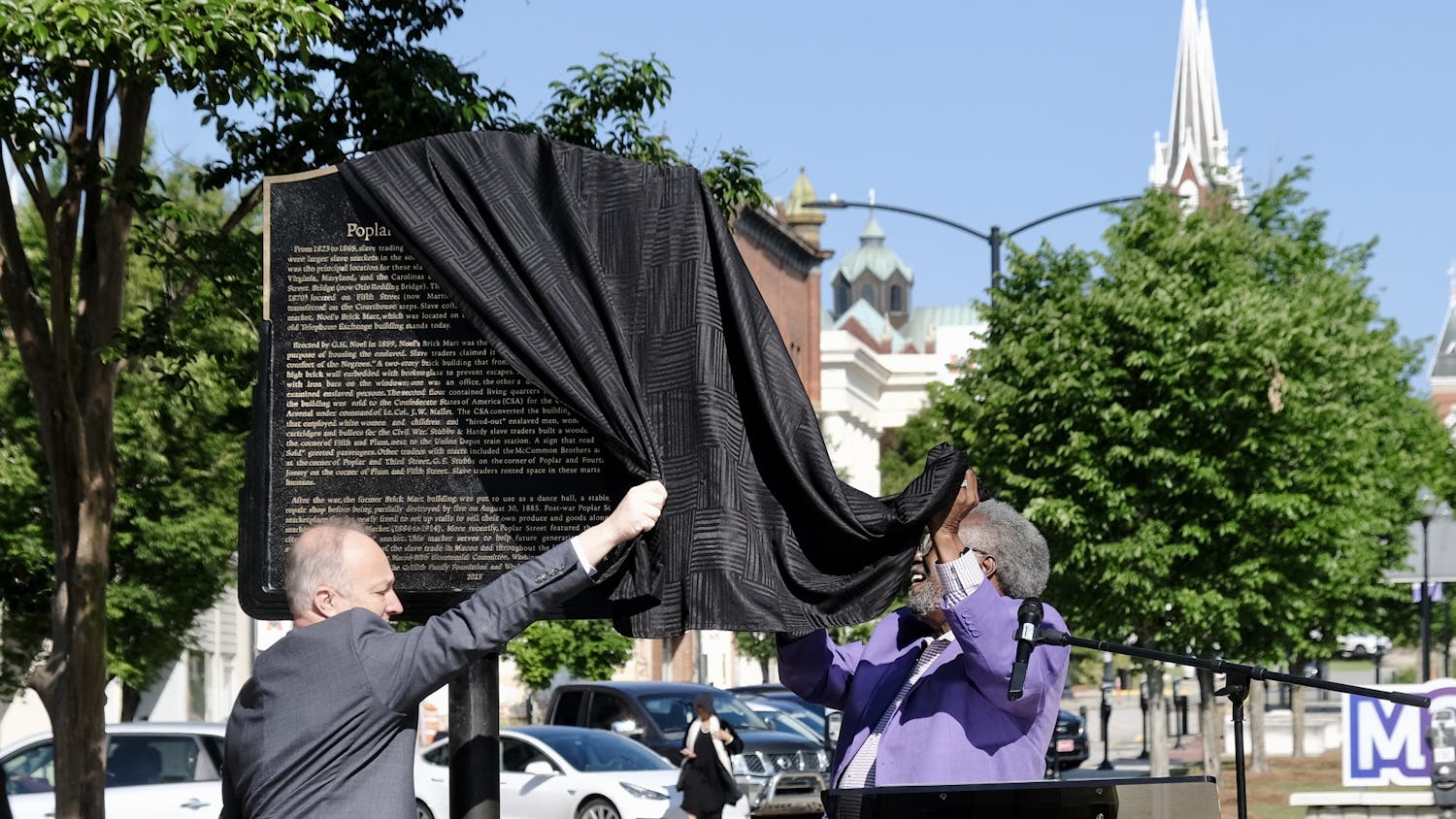
When Angela Manson drives around the neighborhood in which she grew up, she can still remember familiar houses and their occupants.
But many of those houses in Macon's Pleasant Hill neighborhood are now run-down, abandoned or gone.
"It's very disheartening when you drive up the street and you see all these vacant houses with overgrown yards," said Manson, who now lives in north Macon.
Although she no longer lives in Pleasant Hill, she is committed to stopping blight in the area, which is why she attended a national "UnBlight" conference on Mercer University's campus Aug. 14-15.
Although there are different definitions for blight, when people talk about blight they often talk about abandoned, run-down structures that are an eye-sore to the neighborhood.
Mercer's Center for Collaborative Journalism partnered with a governmental-transparency organization called the Sunlight Foundation to host the UnBlight conference. Local community members and officials as well as people from across the country talked about what blight is, how to track it and how to fix it.
A grant from the Knight Foundation requires that the Center complete two community engagement projects per year, which is the reason it hosted the conference.
"There are two aspects to the community engagement projects. One is, the way journalism is moving ... is towards more inclusiveness with the community," said Tim Regan-Porter, director of the Center. "Part of that, and this is the other aspect of the community engagement project, is helping (the community) solve problems."
Regan-Porter said journalism is no longer about reporting the facts and leaving the problem-solving up to the community. It's about working with the community to foster conversations about potential solutions to problems.
Last semester, the Center focused on blight, and it will do the same this semester.
The Center plans to map blight by driving down every road in Macon-Bibb County and cataloguing blighted structures.
"There are estimates that range from 3,000-6,000 in terms of the number of properties that need to be torn down that are so blighted," said Regan-Porter. "So just getting that accurate count will help the city and the community to know how big the problem is and what kind of money might be needed to address it."
Macon-Bibb Mayor Robert Reichert set a goal of demolishing 100 blighted houses per year, so the Center's map could help the city more easily achieve its goal.
While demolishing 100 houses per year helps rid Macon of blight, demolition is a long and expensive process. Reichert estimated at the conference that it costs $12-$15 thousand and takes at least six months to tear down one house.
Another initiative Macon-Bibb has to fix blight is called Five by Five.
The program chooses five blocks of a blighted neighborhood and uses every city department, plus volunteers, to clean up and improve the neighborhood in five weeks.
"We try to make people think that they're not forgotten. We try to motivate them," said Reichert.
Motivation and pride are important factors when addressing blight, which Reichert said "breaks the spirit of the people in the neighborhood."
Aside from diminishing pride, blight hinders the economic development of a city.
Reichert and Regan-Porter both said that one blighted house has the potential to bring down property values for the whole neighborhood, and when property values across the city go down, the city receives less tax revenue to spend on services for residents.
New businesses are hesitant to enter areas with blight, leaving less money and fewer jobs for the city.
CCJ and Macon-Bibb seek solutions to blight

EMILY FARLOW / CLUSTER STAFF




